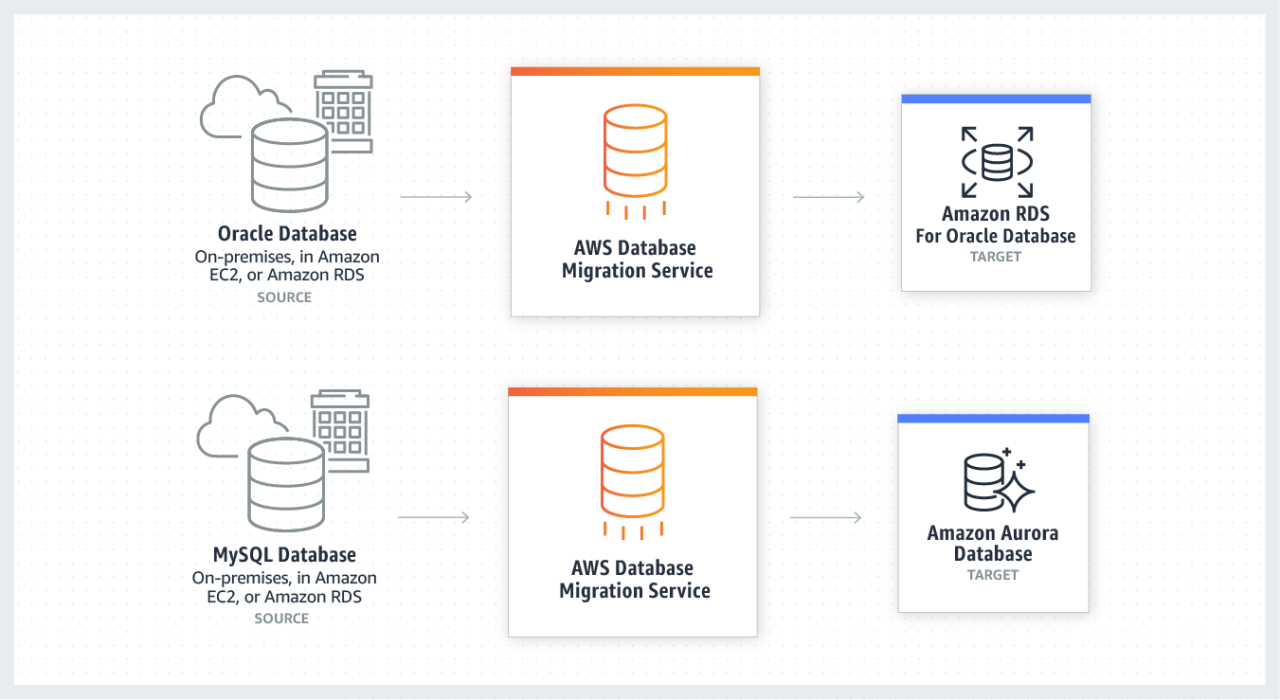Using the ETL Tool for Amazon Web Service Database Migration
One of the most optimized cloud-based platforms in use today is the Amazon Web Service (AWS). It offers a wide range of services including unlimited storage capacities and high computing powers, both very critical in the modern data-driven business environment. The advantage of AWS is that storage and computing are in separate silos, helping businesses to accurately calculate the costs of running them.
However, it is the DMS (Database Migration Service) of AWS that is crucial for organizations to carry out database migration for which the AWS DMS ETL tool is most used because of its cutting-edge features.
ETL is short for Extract, Transform, and Load and is used for combining several databases into a centralized storage repository or a data warehouse. The AWS DMS ETL tool has three functions for migrating databases from on-premises systems to the cloud or from one cloud provider to another. The first function is to extract data from the source, followed by transforming the data into a structure that is compatible with the data architecture of the intended target database. Finally, the formatted data is loaded into the target database.
Benefits of AWS DMS ETL
There are several benefits of the AWS DMS ETL tool which make it a preferred tool for businesses needing database migration. But what makes it stand out from other tools in this niche is that it is fully automated and database migration requires no human intervention, thereby eliminating the possibility of data loss or errors.
Some of the other benefits of AWS DMS ETLare as follows.
- There is no need to install and configure additional drivers and applications or make changes to the source database while migrating data with the AWS DMS ETL tool. This is because the process is started directly from the AWS Management Console and any changes at the source database are constantly updated to the target through the Change Data Capture feature. However, this benefit is applicable only when the source and the target databases are perpetually kept in sync.
- While migrating databases with AWS DMS ETL, the source databases are always fully functional. This is a big help for large data-driven businesses for whom shutting down systems, even for brief periods can upset operating schedules.
- AWS DMS ETLallows database migration between common and most used databases, regardless of their structure, since the majority of them are supported by AWS. Both homogeneous migrations where database engines, schema structures, and data types and codes of the source and the target databases are the same, and heterogeneous migrations where they are different can be done with this tool.
- Migration is possible between on-premises databases to Amazon RDS or Amazon EC2, Aurora as well as databases running on EC2 to RDS or vice versa.
These are some of the advanced features of the AWS DMS ETL tool.




Comments
Post a Comment